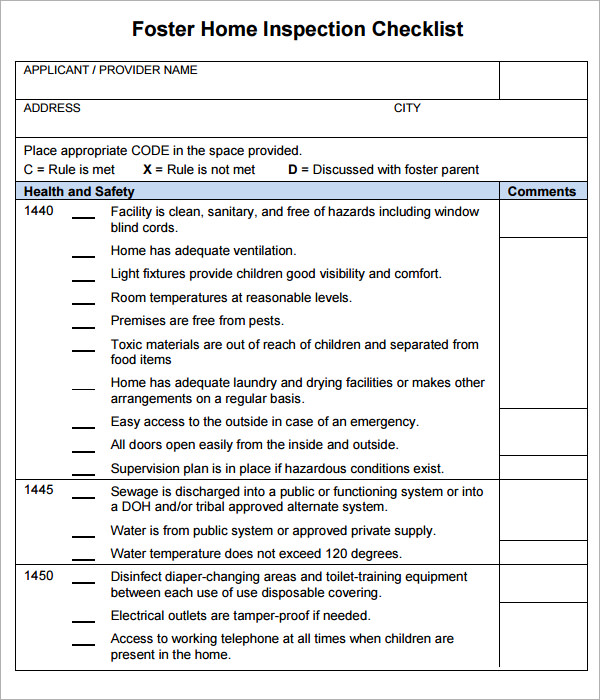

Cabinets in good condition: doors and drawers operate properly.No excessive rust or deterioration on garbage disposal or waste pipes.Floor in cabinet under sink solid, no stains or decay.Dishwasher: drains properly, no leaks, baskets, door spring operates properly.Ground Fault Circuit Interrupter (“GFCI”) protection for electrical outlets within 6 feet of the sink(s).Working exhaust fan that is vented to the exterior of the building.No plumbing, exhaust or appliance vents terminating in attic.Adequate ventilation, clear path into attic for air entering through soffit vents, adequately sized gable end louvers, all mechanical ventilation operational.Sufficient insulation and properly installed insulation (moisture barrier installed closest to the heated area of the house).No evidence of decay or damage to structure.No stains on underside of roofing, especially around roof penetrations.

Fireplace: no cracking or damaged masonry, no evidence of back-drafting (staining on fireplace façade), damper operates properly, flue has been cleaned, flue is lined.Evidence of adequate insulation in walls.Heating/cooling source in each habitable room.Electrical outlets test properly (spot check).Adequate number of three pronged electrical outlets in each room.Wood trim installed well and in good condition.Paint, wall covering, and paneling in good condition.Interior doors operate easily and latch properly, no damage or decay, no broken hardware.

Home inspection checklist windows#
Windows and exterior doors operate easily and latch properly, no broken glass, no sashes painted shut, no decay windows and doors have weather-stripping, “weep holes” installed.No significant cracks in walls or ceilings.Floors, walls and ceilings appear straight and plumb and level.So we would say focus your attention on these areas first. Yes, there are other areas of the home that can be expensive to repair (think drain lines/sewers), but generally these 5 above are where you can find larger issues over 90% of the time. These are the areas where we most commonly see big ticket items that can total thousands of dollars in needed repairs. When our team is analyzing repairs for our home inspection cost calculator, we focus mainly on the “BIG FIVE” systems. (Please note, this home inspection checklist describes a house in perfect condition, but in our experience no house is perfect. If left unaddressed these 3 items, while not the ten most common inspection repairs that are needed, have the potential to result in the biggest expense for a new homeowner. When doing a home inspection, think about major systems like an HVAC system that might go out, a roof that is near the end of its useful life and pay attention to ANY indications of water penetration. For instance, dangerous electrical issues, active water leaks, serious foundation movement, faulty HVAC equipment etc. Instead look for defects that could be more serious or more expensive to address.
Home inspection checklist cracked#
A few cracked tiles or some doors that need adjusting are normally not items of major concern. This is why we advise people not to sweat the small stuff, and to focus on items of true concern when reading a home inspection report. Home inspectors adhere to strict guidelines based on current building codes, so it is also important to remember that older homes (even those just a few years old) may have been built to different standards, and that items identified in your inspection may not be actual defects but just a previously standard method of construction that is not used anymore. It is simply an in depth inspection of your home to identify any issues that currently exist that you should be aware of. The most important thing to remember about a home inspection is that it is not a “pass/fail” test.


 0 kommentar(er)
0 kommentar(er)
